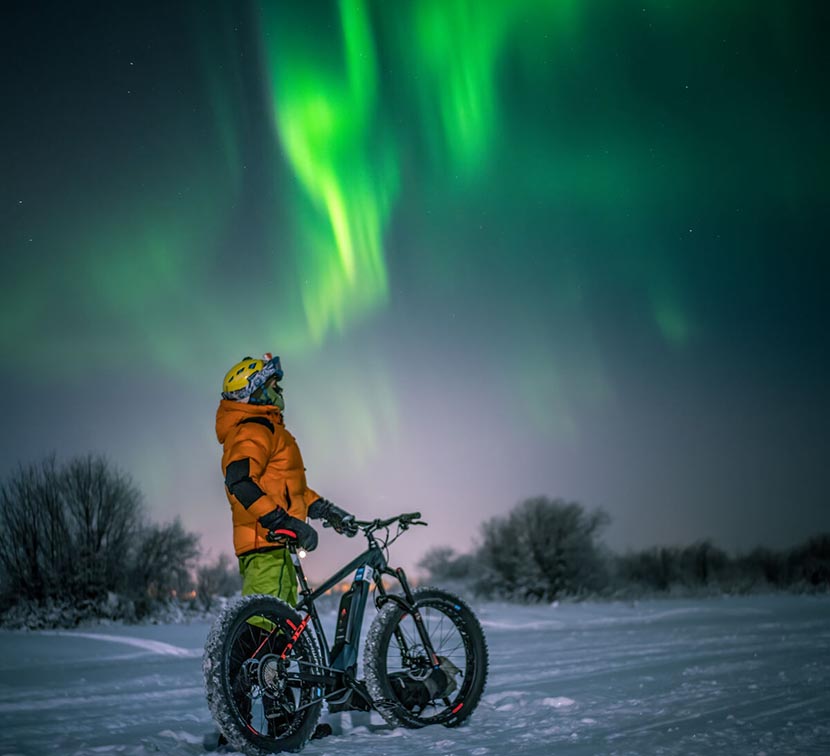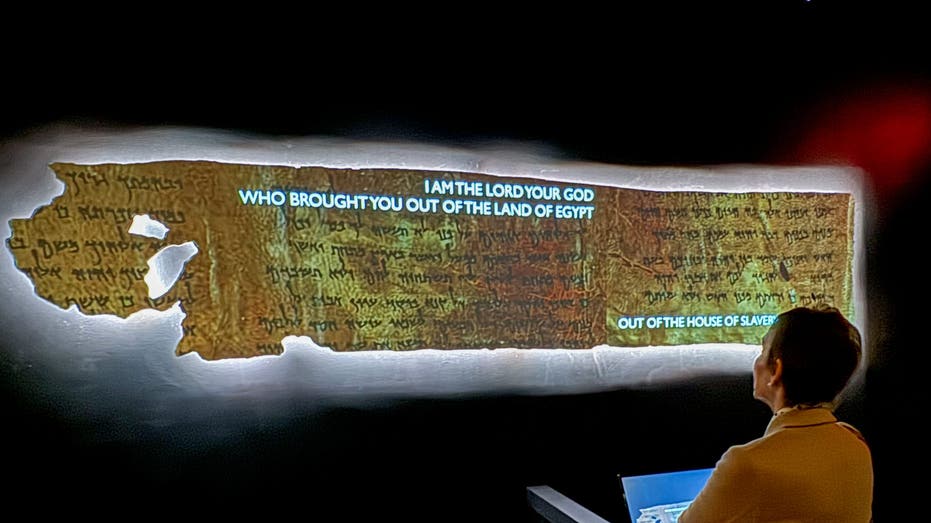- by foxnews
- 08 Apr 2025
New travel alert for sky watchers: Northern Lights in the skies of the northern and midwestern U.S. tonight
The Northern Lights, also known as the Aurora Borealis, may be visible across parts of the northern United States and the Midwest tonight.
- by travelandtourworld
- 13 Sep 2024
- in travel

The Northern Lights, also known as the Aurora Borealis, may be visible across parts of the northern United States and the Midwest tonight.
Following a series of solar eruptions earlier this week, the National Oceanic and Atmospheric Administration (NOAA) has upgraded its geomagnetic storm watch to a strong G3 or greater for Thursday night, creating ideal conditions for Northern Lights sightings.
According to NOAA, this eruption has pushed the aurora Kp index to 7, meaning the lights could extend far beyond the poles and produce a spectacular show tonight.
NOAA forecasts that parts of Alaska and Canada are in the best positions for viewing, but U.S. states likely to catch the aurora include:
WashingtonOregonIdahoMontanaWyomingNorth DakotaSouth DakotaNebraskaMinnesotaIowaWisconsinIllinoisMichiganNew YorkVermontNew HampshireMaine
Best Viewing Times and Tips
According to NOAA, the Northern Lights are expected to be most visible between 10 p.m. and 2 a.m., though exact timings can vary.
For the best chance of witnessing the display, skywatchers should:
Head to dark, rural areas, away from city lights and light pollution.Check the local weather forecast for clear skies.Position themselves at a high vantage point, such as a hilltop, to get a better view of the sky.
Tips for Photographing the Northern Lights
Photographing the Northern Lights has become easier with the improvement of smartphone cameras.
Even when the aurora is not visible to the naked eye, smartphone cameras can capture it by using night mode to enhance exposure.
For the best results, ensure your smartphone is steady, or use a tripod to avoid blurry images.
During this cycle, solar eruptions and geomagnetic storms become more frequent, causing aurora sightings.
NASA predicts that the solar activity will peak between late 2024 and 2026, when the number of sunspots will increase, potentially triggering more geomagnetic storms and aurora displays.
Solar Cycle 25 is expected to reach its maximum with about 115 sunspots, which are often the origin of geomagnetic storms.
The cycle has already been busier than expected, with solar activity surpassing predictions.
In August 2024, the Space Weather Prediction Center reported an average of 215.5 daily sunspots, the highest count since Solar Cycle 23 in 2003.
Tonight offers a rare opportunity for people in northern and Midwestern U.S. states to witness the beauty of the Northern Lights.
As solar activity ramps up, these dazzling aurora displays may become more frequent, so keep your eyes on the skies and prepare for a night to remember.
- by foxnews
- descember 09, 2016
Ancient settlement reveals remains of 1,800-year-old dog, baffling experts: 'Preserved quite well'
Archaeologists have recently unearthed the remarkably well-preserved remains of a dog from ancient Rome, shedding light on the widespread practice of ritual sacrifice in antiquity.
read more




